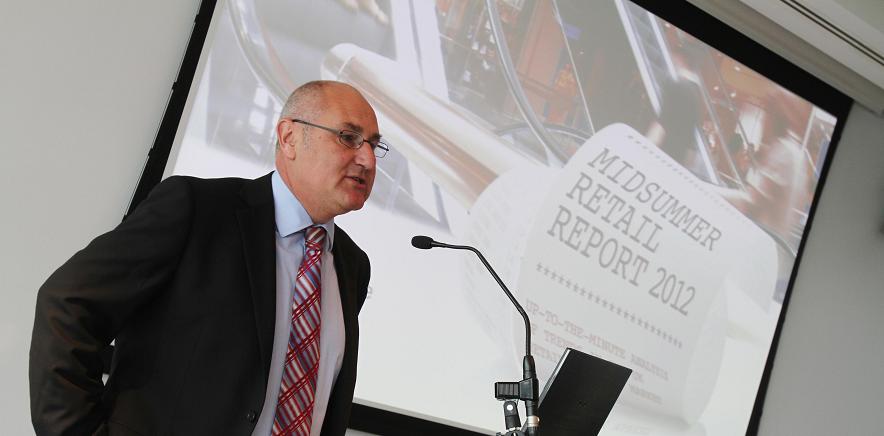West towns including Wells, Dorchester, Chippenham, Cirencester and Cheltenham are among the best performing High Streets in the region thanks to healthy increases in prime rents on 2008.
The latest Midsummer Retail Report from commercial property specialists Colliers International shows a modest upswing in fortunes for a number of High Streets in the West.
Cirencester was top performing town recording a 14 per cent improvement in prime rents since 2008.
Although improvement at Wells had slowed to eight per cent from last year’s remarkable figure of 45.5 per cent, the city continues to outperform many of the west’s shopping centres, according to the Midsummer Retail Report which was unveiled to business leaders at a high-profile launch at Bristol’s M Shed on Wednesday.
Tim Davies, head of Colliers International’s Bristol office, said: “We are predicting that the high street will gradually recover over the next seven years and by 2020 the number of empty shops will have fallen from its current level of 12 per cent of total floor space to about 7 per cent – a similar level to the peak in 2006.
“But this recovery will be selective with the major town centres seeing the greatest reduction in empty shops and the medium centres seeing the least.”
There are several contributing factors to the success of these particular locations including the wealthy catchment population and vibrant tourist scene. Wells has a fairly confined city centre shopping precinct with limited availability which helps maintain healthy competition for retail space.
Other West towns saw a significant decline in rental performance. Yeovil, Bournemouth, Taunton, Newquay and Weston-super-Mare all reported declines in prime rents of between 13 and 21 per cent.
This drag factor has seen average prime rents in the South West slip 3.8 per cent.
Tim said the recovery will be more pronounced in the major centres, fuelled by a significant increase in the UK population coupled with modest economic growth. Continued growth of internet sales will force retailers to concentrate on bigger stores in fewer locations.
“The day of new retailers entering into the UK and rolling 300 new outlets is over. The new model is to open 20-50 units in the major retail centres and to have a strong internet presence that runs symbiotically, providing the consumer with both traditional and online shopping options.”
Tim Davies said the retail sector had been badly hit by the reduction in consumer expenditure, excessive competition and retail over-development.
“But central and local government must carry much of the blame for not trying to address the issue sooner. Central Government’s decision to delay the rates revaluation will effect many businesses. There will be a massive knock on effect on those High Streets where the decline has been steepest.
“In the meantime local Government has largely ignored calls to reduce car parking charges in declining town centres and has not shown sufficient flexibility in changing the use of shops or bringing local stake holders together.”



















